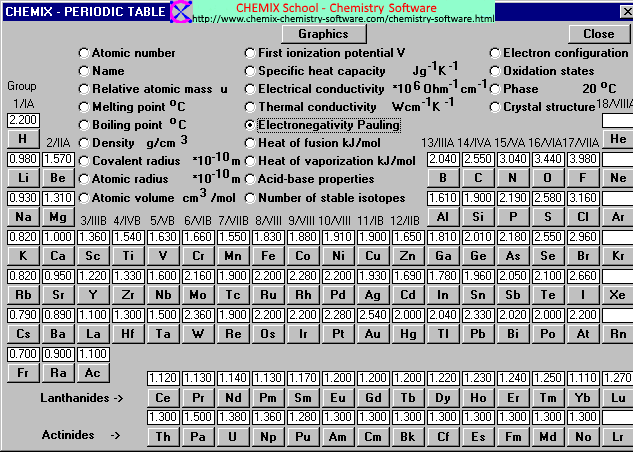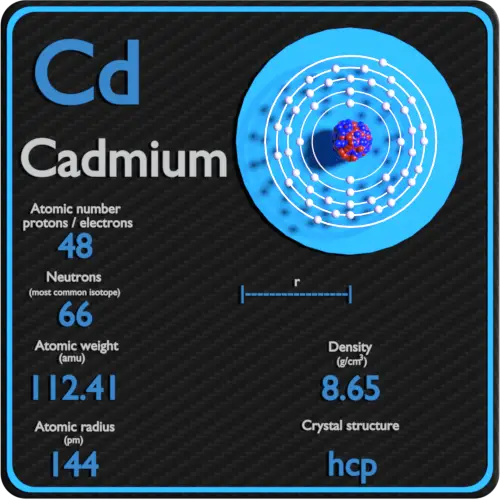

"normal" Zeeman effect → sp 3 hybridization? →ĭata retrieved from * which lists as its references: Atomic volume is calculated by dividing the Atomic mass by the Density and multiplying by the Atomic packing factor. In other words, how distorted the lattice is.Ītomic radius is calculated from the Atomic volume. Vertical axis = n + ℓ Background color indicates how far the crystal structure is from close packed. The large atoms form an fcc crystal and the smaller atoms occupy the large voids. Note: The atoms of a diamond cubic crystal are not all the same size. Not all transitions between orbitals are allowed. The radial quantum number n r is equal to the number of nodes in the radial wavefunction. The "normal" Zeeman effect appears to be due to hybridization. Calculate the radius of Palladium atom given that PD has an FCC crystal structure, a density of 12.0 g/cm3, and an atomic weight of 106.4 g/mol. Show that the atomic packing factor for HCP is 0.74.2. It is actually the "normal" Zeeman effect that is Anomalous. If the atomic radius of a metal that has the facecentered cubic crystal is 0.137 nm, calculate the volume of its unit cell (in nm3) arrowforward 1. Note the one electron that switches from one group to the other. See Spin–orbit coupling and Angular momentum coupling In high magnetic fields (The right side of the image below) electrons with opposite spins ( m s) become separated and the Hyperfine structure corresponds to m ℓ. In low magnetic fields (The left side of the image below) the Hyperfine structure corresponds to m j. This is called the Zeeman effect and it results in the Hyperfine structure. In the presence of a magnetic field each of the above levels splits into many separate "energy" levels. frequency).ĭ 5⁄ 2 and f 5⁄ 2 have the same "energy" level. P 3⁄ 2 and d 3⁄ 2 have the same "energy" level (ie. S 1⁄ 2 and p 1⁄ 2 have almost the same "energy" level. The f orbital ( ℓ = 3) splits into f 5⁄ 2 and f 7⁄ 2. The d orbital ( ℓ = 2) splits into d 3⁄ 2 and d 5⁄ 2. The p orbital ( ℓ = 1) splits into p 1⁄ 2 and p 3⁄ 2.

The s orbital ( ℓ = 0) consists of only the s 1⁄ 2 orbital. The charge of the electrons can, and normally does, exist well outside of this solid "surface". The orbitals with the largest n correspond to the outer solid "surface" of the atom (where the valence electrons are located). N + ℓ probably corresponds to the charge distribution of the electron. N + ℓ gives the order in which the orbitals are filled. The 4 n shell consists of the 4f, 4d, 4p and 4s orbitals. The 3 n shell consists of the 3d, 3p and 3s orbitals. The 2 n shell consists of the 2p and 2s orbitals. The 1 n shell consists of the 1s orbital. The angular momentum of the electron = ħ. All other clouds ( n > 1) are resting on top the the ground shell repelled from the ground shell by some sort of quantum force. In reality only the 2 electrons of the lowermost cloud ( n = 1) are supported in this way. In the Bohr model each cloud is prevented from collapsing into the nucleus by its Clifford rotation. Electrons exist as "clouds" of charge surrounding the positively charged nucleus.


 0 kommentar(er)
0 kommentar(er)
